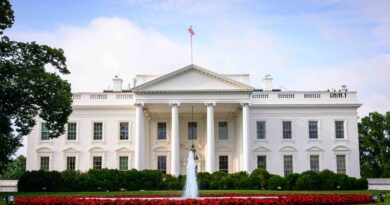US Reforms Green Law to Speed Clean Energy, Infrastructure Permits
the White House implemented changes to the U.S. environmental review procedure for significant projects, aiming to accelerate the approval process for endeavors ranging from transmitting power generated by wind and solar farms to manufacturing semiconductors, according to officials.
According to Reuters, the reforms are the second and final phase of adjustments to the National Environmental Policy Act, or NEPA, by the administration of President Joe Biden, a Democrat. It was in response to an overhaul of the bedrock environmental law by former President Donald Trump, a Republican, in 2021. NEPA, a 1969 law that requires environmental reviews for major projects, is a frequent focus of litigation that can delay construction for years.
The White House’s Council for Environmental Quality said the reforms bring efficiencies to reviews including clear one- and two-year deadlines for federal agencies, page limits, and tasking lead agencies with coordinating the process.
It also creates ways for agencies to establish the fastest and most common form of environmental review, known as categorical exclusions, such as for transmission lines in areas where the land has already been disturbed and does not require more clearing of trees and habitats. “We are making reforms in this rule that will help speed infrastructure and permitting, but without losing sight of the environmental and health benefits we need to protect,” Brenda Mallory, the chair of the CEQ, told reporters.
The reforms build on initial work to reform the NEPA process finalized in 2022, when the White House began to reverse Trump’s overhaul. Those changes required federal agencies to consider the direct, indirect, and cumulative impacts of proposed projects or actions, including a full evaluation of climate impacts.


